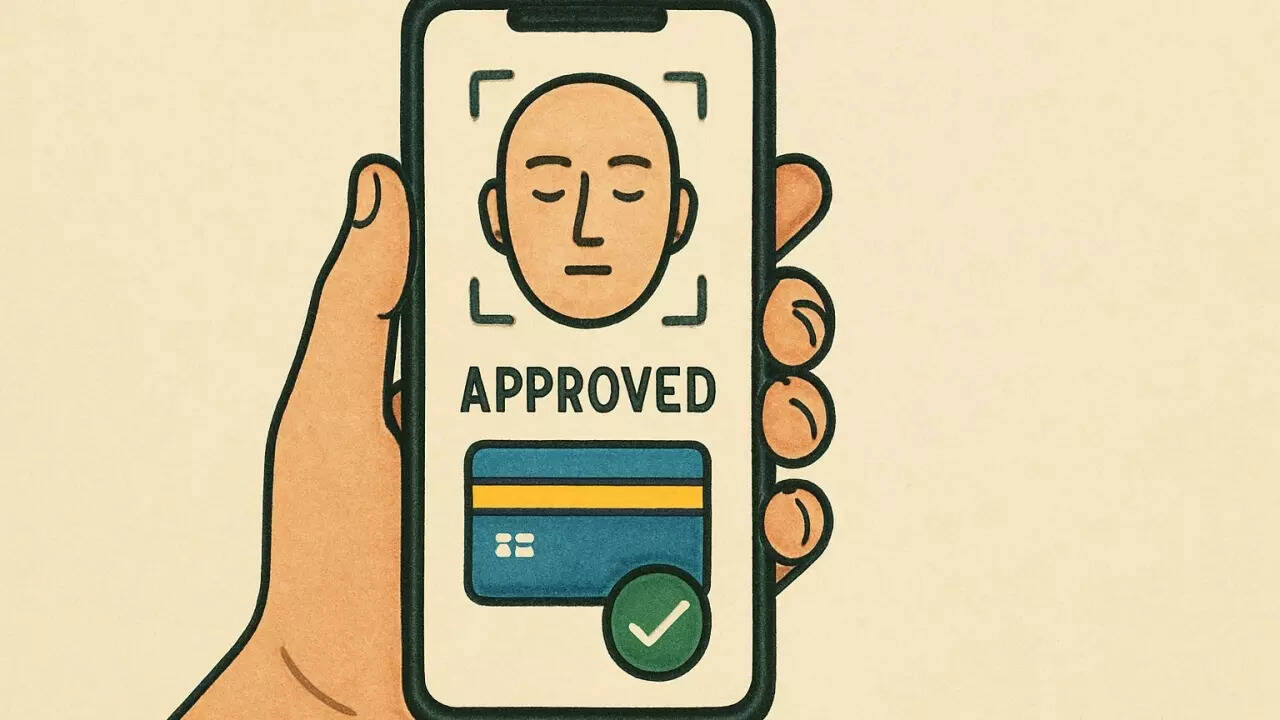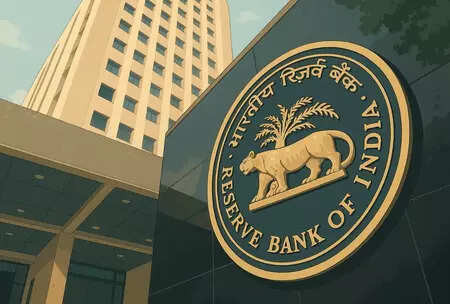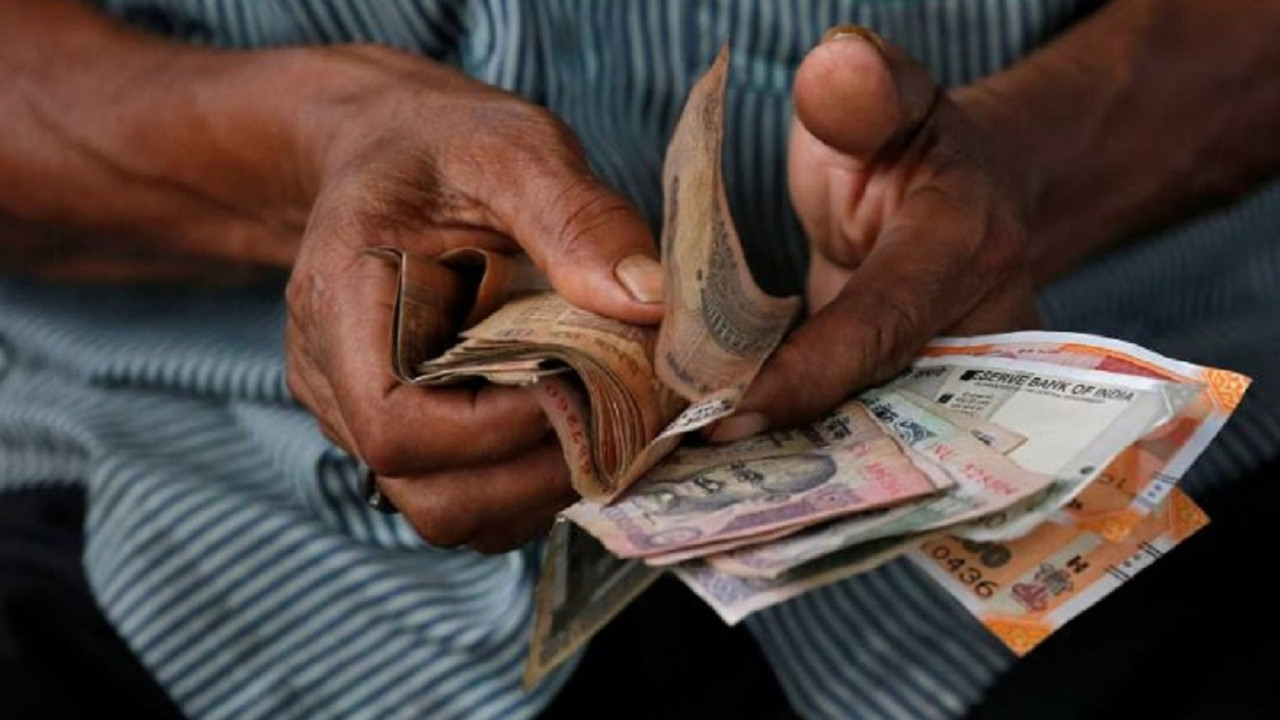Get ready for a payment revolution! India’s UPI is set to introduce facial recognition and fingerprint authentication for transactions starting October 8th. This move, leveraging Aadhaar data, marks a significant shift from the current PIN-based system.
Forget Passwords: Your Face Might Soon Unlock UPI Payments
Imagine a world where remembering complex passwords is a thing of the past. Where making a UPI payment is as simple as glancing at your phone or placing your finger on a sensor. Sounds like science fiction? It’s closer than you think. The way we authenticate digital transactions is poised for a dramatic shift, with facial recognition and fingerprint scanning stepping into the spotlight.
For years, UPI (Unified Payments Interface) has revolutionized how India handles digital payments. It’s streamlined, convenient, and has quickly become the preferred method for millions. But the standard PIN-based authentication, while functional, can sometimes feel clunky and, let’s face it, forgettable. Now, a new era beckons, promising even smoother and more secure transactions.
Banking on Biometrics: The Future of UPI Authentication
The winds of change are blowing strong in the financial sector. The current reliance on PINs and passwords is being challenged by the rise of biometrics. Think about it: your face, your fingerprint – these are unique identifiers, far more secure than any easily guessed password. Utilizing Aadhaar biometric data could soon be a game-changer for UPI payments.
This isn’t just about making things easier, although that’s a definite perk. Enhanced security is a major driving force. PINs can be compromised, stolen, or forgotten. Biometric data, on the other hand, offers a significantly higher level of protection. It’s a far more robust defense against fraud and unauthorized access. Imagine the peace of mind knowing your payment is secured by something uniquely you.

Aadhaar and UPI: A Powerful Partnership?
The potential integration of Aadhaar biometric data into the UPI ecosystem is perhaps the most intriguing aspect of this development. Aadhaar, India’s national identification program, already holds biometric information for a vast majority of the population. Leveraging this existing infrastructure could dramatically accelerate the adoption of biometric authentication for payments.
However, this also raises important questions. Data privacy and security concerns are paramount. Ensuring the responsible and ethical use of biometric data is crucial. Strong safeguards and transparent policies must be in place to protect users’ sensitive information. The government and regulatory bodies will need to play a vital role in establishing these frameworks.
Beyond Convenience: Accessibility and Financial Inclusion
While enhanced security and streamlined transactions are significant benefits, the adoption of biometric authentication also holds the potential to promote financial inclusion. For individuals who struggle with traditional banking methods or have difficulty remembering PINs, biometric authentication could offer a more accessible and user-friendly way to participate in the digital economy.
Imagine elderly citizens or those with limited literacy being able to easily and securely make payments using their fingerprints. This technology could bridge the digital divide and empower more people to access the benefits of UPI.
Challenges and Considerations
The road to widespread adoption of biometric UPI payments isn’t without its hurdles. Infrastructure upgrades, ensuring compatibility across different devices and platforms, and addressing potential biases in facial recognition technology are all challenges that need to be tackled.
Furthermore, user education and awareness campaigns will be essential to build trust and encourage adoption. People need to understand how the technology works, how their data is being protected, and what recourse they have in case of any issues.
Check out our article on navigating the digital landscape for older adults for more information about digital accessibility.
A Glimpse into the Future of Payments
The integration of facial recognition and fingerprint scanning into UPI payments represents a significant step towards a more secure, convenient, and inclusive digital payment ecosystem. While challenges remain, the potential benefits are undeniable. It signals a move towards a future where technology empowers seamless and safe financial transactions for everyone. As we move forward, prioritizing data privacy, security, and accessibility will be key to realizing the full potential of this payment revolution.
Slug: biometric-upi-payments







